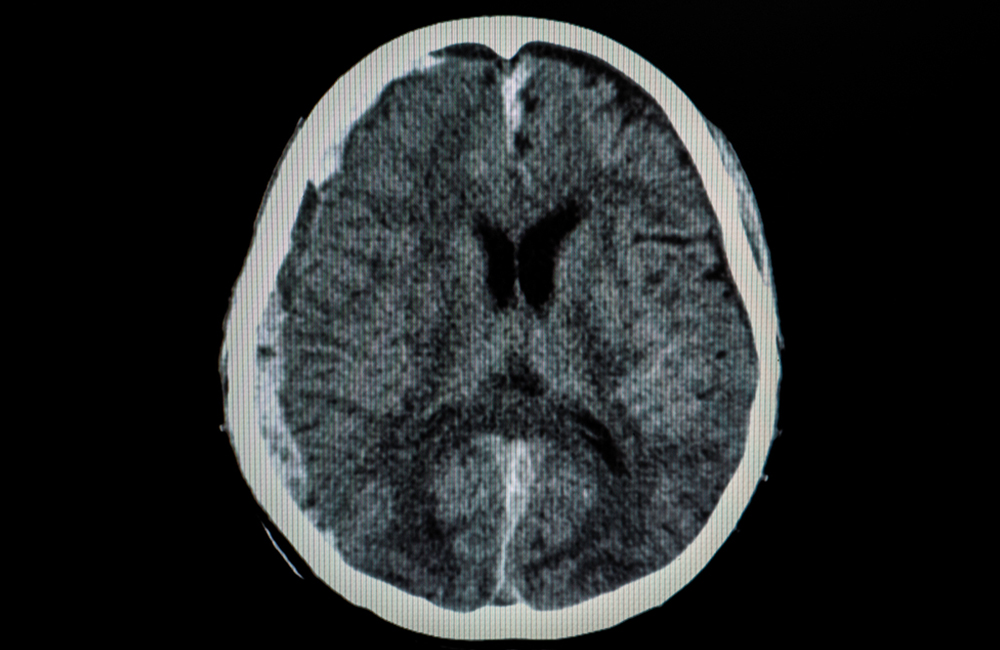AI is Helping Brain Trauma Detection, Treatment
Complex data integration is helping researchers and clinicians understand the origins of TBI – and how to better treat it.

Federal agencies are applying a range of data inputs within newfound AI models to better understand the origins of traumatic brain injuries and how to help patients recover from their long-term impacts.
Speaking at the 2022 BRAIN Summit, representatives from the Department of Veterans Affairs outlined how cutting-edge technologies like artificial intelligence and machine learning are providing newfound insight into neurological injury.
Traumatic brain injury (TBI) has been a hallmark battlefield injury of America’s post-9/11 conflicts, especially since enemy combatants have made extensive use of improvised explosives that inflict a high rate of cranial damage. Finding ways to better understand and treat TBI has become a priority for VA researchers and the Defense Department, especially since the condition manifests an array of symptoms that can vary considerably and often overlap with other conditions such as psychological trauma.
The brain’s inherent complexity has made it a perfect candidate for applied AI research, in large part because certain interconnected pathologies cannot be better understood without evaluating a wide range of data inputs against each other.
As VA Research Scientist Mary Jo Pugh noted, these efforts are still in their infancy and currently undergoing significant expansion in both outside collaboration and sophistication. One of the most promising studies — the recently completed LIMBIC Phenotype Study — links DOD combat theater and health system data with VA health system data to identify risk factors and create more personalized forms of treatment for veterans living with TBI.
“The goal of this study is to provide a foundation for AI … we’re working on things that we can do with the computing power that we currently have and are making really important inroads into compiling the data and determining what goes into our machine learning models. So bottom line up front, this is a very large cohort study. It’s longitudinal and links DOD and VA data for over 2.5 million post-9/11 veterans,” Pugh said.
One of the challenges of treating TBI is the sheer range of symptoms resulting from damage to a complex organ. These efforts to collate and cross-reference large portions of linked patient data from combat systems and DOD/VA health systems are allowing researchers to better understand how TBI symptoms manifest and persist.
Modernized and interconnected EHR systems have been vital to this effort, providing the foundation to evaluate large quantities of data against itself. This has allowed researchers to observe how TBI evolves from the initial injury into enduring symptoms.
“TBI is not just an event but has the potential to be a chronic condition. In the context of military-related TBI, it’s even more complex,” Pugh said.
Growing collaboration across federal agencies has been vital to this endeavor, bringing together the IT resources and databases necessary to compute such a large quantity of disparate information. The outcome has been new discoveries in the scope of TBI’s impacts, including strong indications that TBI is associated with early onset dementia and even cardiovascular disease. Identifying these linkages is refining VA’s approach to health care, as these early warning indicators can be used to prepare treatment in advance for associated conditions.
The goal is to merge data sources of health care and patient history into machine-learning models that further elucidate the nature of TBI and its relationship to both physical and mental health conditions.
“We’re missing a lot of social determinants of health. … Our next steps will be to examine all of these factors together using temporal machine-learning models, including some of the other data that we don’t include here yet, that will allow us to better understand those relationships that can suggest treatment approaches,” Pugh said.
This is a carousel with manually rotating slides. Use Next and Previous buttons to navigate or jump to a slide with the slide dots
-

Energy Researchers Aim For Holistic Approach to AI Issues
A new center at the Oak Ridge National Laboratory is looking at under-researched areas of AI to better understand how to secure it.
2m read -

5 Predictions for AI in Government Technology
Federal agencies are setting plans in motion not only integrate artificial intelligence into their enterprises, but also ensuring the data and algorithms that power these systems are fair and ethical.
David Egts, field CTO for MuleSoft Global Public Sector at Salesforce, breaks down the five predictions he has for AI in 2024. Egts highlights ways government leaders can prepare their agency and workforce to innovate for resilience, augment teams with AI and automate predictive AI to augment generative AI.
-

How Agencies are Upskilling the Workforce in AI
Federal officials are putting in place new training and education methods to ensure its overall workforce understands the technology.
3m read -

Building Better Data Governance Across FDA
The agency is using emerging technology to tackle its data challenges.
19m listen




